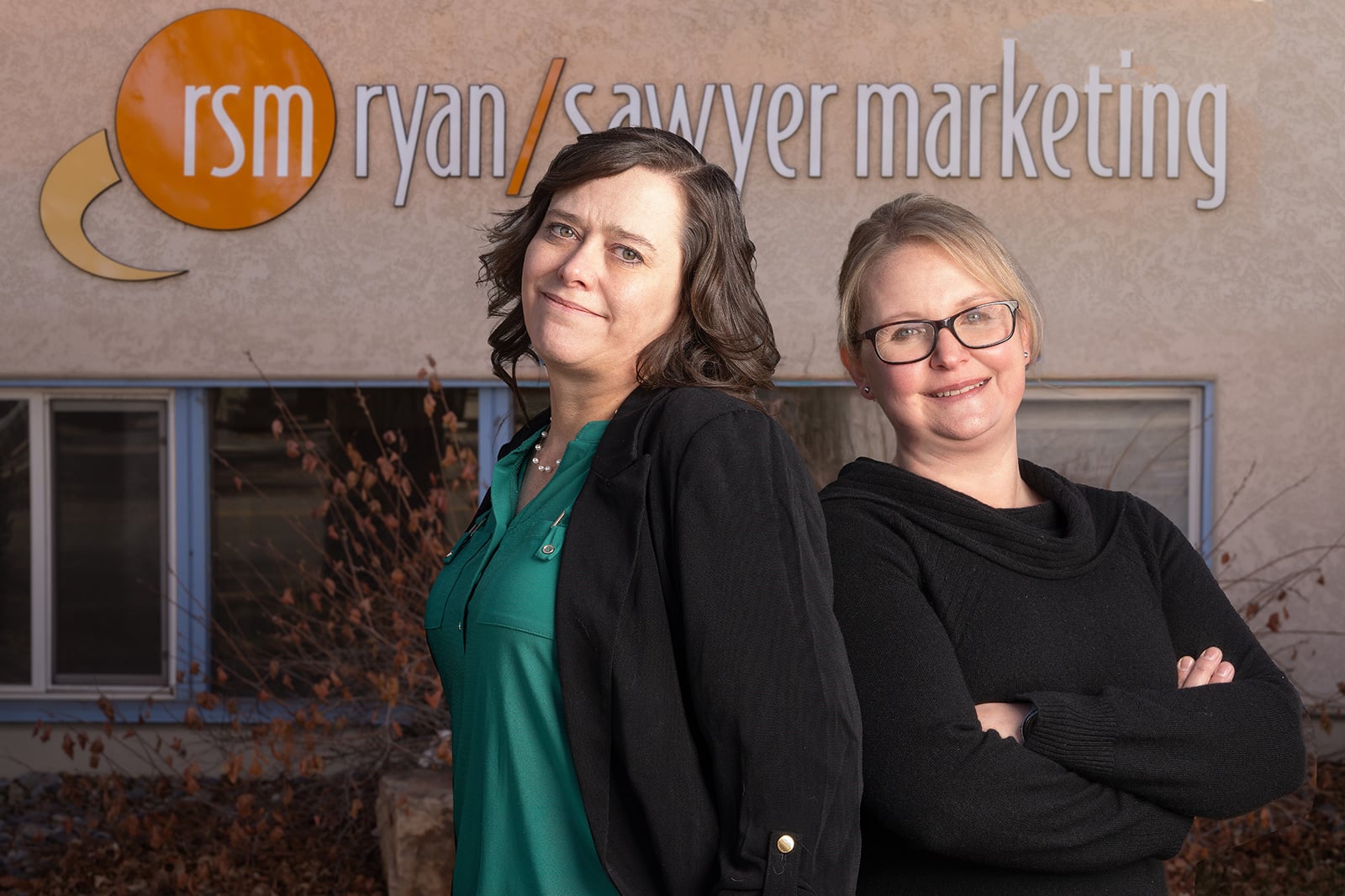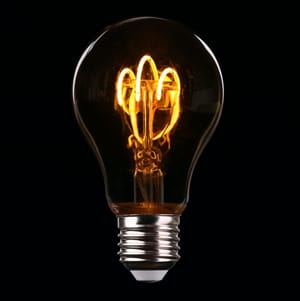Going Primal
It’s early in the morning and the believers have arrived. They reverently line up to await their turn, surrounded by the icons of their faith. Outside, the pagans scurry by, disinterested in the ritual within. The believers utter the sacred words and make their offering. Some linger, savoring the moment, extending the ritual. Others hurry out to begin their routine, uplifted by the experience. They’ll all return another day to take comfort in the repeating of the rite.
A Catholic Mass? The sacred ritual of an ancient tribe? A modern sect of Druids? Nope, just another day at Starbucks.
While Starbucks “The Brand” has worn a deep groove as textbook marketing to the point of cliché, the company still provides a poignant example of building The Brand as Belief System. Another term for this is Primal Branding.
Primal Branding, a term coined by Patrick Hanlon in his book of that title, is a powerful branding model exemplified by companies like Starbucks, Nike and Apple. It doesn’t fit every company’s business model, especially at the local level; but for those who can employ it, Primal Branding offers a potent formula for building brand loyalty and market share.
As every marketer will tell you, your brand is much more than your logo, slogan or jingle; it’s the experience your customers have every time you engage them. Put another way, your brand is an experiential asset—your greatest asset—that must be built from the inside out.
The obvious challenge is that an experience and, by extension, the feeling it creates, are intangible things. The magic of Primal Branding is that it defines specific tangible assets to help manage those intangibles, providing a framework for creating a brand that people believe in. This involves the application of seven pieces of “Primal Code”:
1. The Creation Story
2. The Creed
3. The Icons
4. The Rituals
5. The Pagans
6. The Sacred Words
7. The Leader
While there’s not enough room here to detail each piece of Primal Code, the first two are worth mentioning as the beginning point of any Primal Branding initiative.
The Creation Story
Your company—every company—has a back story that is absolutely unique. And that story helps define the culture that delivers the experience your customers have today. It is a tangible asset that can be seen and heard through video, audio and the written word; even touched and smelled through artifacts of the past.
A local case study of this is one of our clients, First National Bank of the Rockies. FNBR has a particularly rich creation story, having been founded 108 years ago in what was then the pioneer town of Meeker, Colorado. Shortly after the bank was founded, three outlaws rode into town and robbed the bank at gunpoint. When the good citizens of Meeker got wind of what was happening, they got their own guns and, as the robbers tried to escape, shot them. Dead.
Next, they propped the corpses of the robbers up against the side of the bank and took their picture. Then they put the picture in the paper. The headline was something like:
Meeker Citizens Make Short Work of Would-Be Bank Robbers.
The underlying message: Don’t Mess with Us.
It’s a great story. And even though that event occurred over a century ago, it is a piece of Old West heritage that still lives in FNBR’s unique cultural fabric.
Your history may not be as dramatic as FNBR’s, but your company does have a back story that is different from any other company on the planet. And that story is a tangible asset that can help you manage the intangibles of your brand. So what do you do with it? You communicate it. And to whom do you communicate it first?Your employees.
For FNBR, we hit the road, visiting all ten branch offices and every one of the bank’s 100+ employees. We showed them a video of the bank’s Creation Story. We brought along old bank artifacts—bank ledgers from 1904, bank stock certificates, canceled checks, etc.—and gave the employees a tangible way to understand the back story that makes FNBR what it is today. By communicating the Creation Story to your employees you empower them to understand on an emotional level what the brand means and how that helps define the experience they give to your customers.
The Creed
The second essential element of Primal Branding is The Creed. If you’re Catholic, you know that part of the ritual of the Mass is the recitation of the Apostle’s Creed. It is an articulation of the most fundamental beliefs that Catholics hold. If you’re a company owner or marketer, you must also have a Creed. It’s not a mission statement or slogan; it’s a statement of the belief system that fundamentally defines your business’ core value proposition. And it represents what you want your customers, employees and stakeholders to believe in.
First National Bank of the Rockies’ Creed is three paragraphs long, beginning with this paragraph:
FNBR is a sanctuary of financial service and support. It’s a bank where customers have confidence that their money is safe, that their financial best-interests are at heart, and where they feel highly valued on a personal level . . .
We presented this Creed in its entirety to every FNBR employee and asked them this question: How do you make this belief system come to life in the experience your customers have with you? You would be surprised at the simple yet effective ideas that came from that dialogue.
Believing is belonging. And when you create groups of people who feel they belong with you, you also create groups who feel they don’t belong with your competitors. For more details on Primal Branding, check out Primal Branding: Creating Zealots For Your Brand by Patrick Hanlon. Or contact us at RSW Partners for an analysis of how Primal Branding might work for you.






